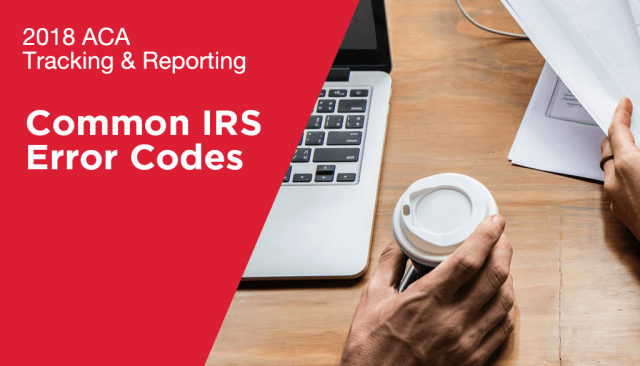How to file an EEO-1 report?
Brad Smith • August 29, 2019
When your company starts growing it means more success but it also means more responsibility. Once your company grows beyond a certain point, the US government requires you to submit additional information regarding your company being an equal opportunity employer. One of these additional things is the EE0-1 report. It is a compliance survey which is mandated by the Equal Employment Opportunity Commission (EEOC). It is compulsory for employers meeting certain criteria. If this is your first time then you can use the following steps to file an EEO-1 report.
1. Determine whether you need to file an EEO-1 report
You need to file an EEO-1 report if,
- There are 100 or more employees on your payroll.
- There are less than 100 employees on your payroll but you are affiliated with, controlled or owned by a company with overall more than 100 employees.
- You have a federal contract or subcontract worth more than $50,000 and there are 50 or more employees on your payroll.
- You serve as a depository of government funds or you act as an issuing and paying agent for US Savings Bonds and you have 50 or more employees on your payroll.
2. Educate yourself about the basics of the EEO-1 report
Usually, 30th September is the annual deadline for submission of EEO-1 report. Sometimes there is an official extension or you can request a one-time 30-day extension. If you operate as one establishment and operate in a single location then you will fall under the “Single Establishment Employers” and you will be required to file a single EEO-1 report. If you operate in different locations and as more than one establishment then you will fall under the “Multi-establishment Employers” and you will have to file various EEO-1 reports.
3. Collect the data for your EEO-1 report
Usually, self-identification by employees is preferable for ensuring the accuracy of data. You need to set up a procedure for conducting this employee survey. This should give everyone sufficient time to respond. You need to ensure that self-identification forms are provided to the employees and that they are collected on time. The parent company or headquarters must collect all forms form the various establishments. The employers are allowed to complete the data on behalf of the employees in case they refuse to identify themselves.
4. Prepare and submit the EEO-1 report
The race and job classifications appear by default in the report. You must follow these guidelines while preparing. When you have collected self-identification data from the employees you can start listing them by race, gender, ethnicity, job category, and establishment. You should make sure that each employee appears only once in the EEO-1 report. Then you should double-check your data. You can use the EEO-1 online filing system or other EEOC approved methods for submitting your completed reports.
If you need to file an EEO-1 report but can’t figure out how to collect data properly and how to file it then you needn’t worry. You can reach out to Who's Where because we specialize in EEO reporting.
We are hoping to hear from you soon.

Once employers have familiarized themselves with the ACA obligations, they should also know of the penalties associated with non-compliance. Identifying and paying for full-time employees is fairly easy because of the straightforward details of their job but for variable hour employees’, it is not as simple. Some organizations make use of the ‘limiting’ strategy to manage such schedules but this strategy as its own set of problems. Problems such as workforce scheduling and variable labor requirements are factors that make this strategy impracticable. We’ve combined some of the best ways to ensure ACA compliance in this article and examined how ‘guidance’ can help you limit penalties.

The new year brings new policies and regulations, so it's important to do a comprehensive review and update of your legal and HR compliance to make sure that you're on top of any new laws and regulations. Begin 2020 on the right foot, with the knowledge you'll need to answer any questions from corporate leadership, supervisors, and employees. Here's what you need to know.

As the fiscal year closes the employers have many queries regarding the status of the Affordable Care Act (ACA) Reporting. It is questioned every time the tax filing season looms. The answer to all these queries is that Yes! ACA is still the law and employers who tend to ignore their obligations towards ACA reporting can face some heavy penalties.

It is important to choose a reliable and secure data aggregation solution which provides you with the best data. If you manage to get financial data which is cleaned and enriched then you can make accurate assessments of the financial situation of your customers. Following are some of the things which you should look for while choosing a solution to data aggregation.

Due to the complexity of the process, utilizing a reputable software vendor to file your 1094/1095 data electronically with the IRS is considered to be a best practice. One reason for this is that if it turns out that there’s a problem with some of your ACA data, the IRS doesn’t necessarily make it easy to figure out what went wrong.

The past few years have brought forth a great deal of uncertainty surrounding the Affordable Care Act. The topic of ‘repeal and replace’ was front and center during the 2016 presidential and congressional elections, and 2017 saw several attempts at repeal, none of which were ultimately successfully at scrapping the law in its entirety.




